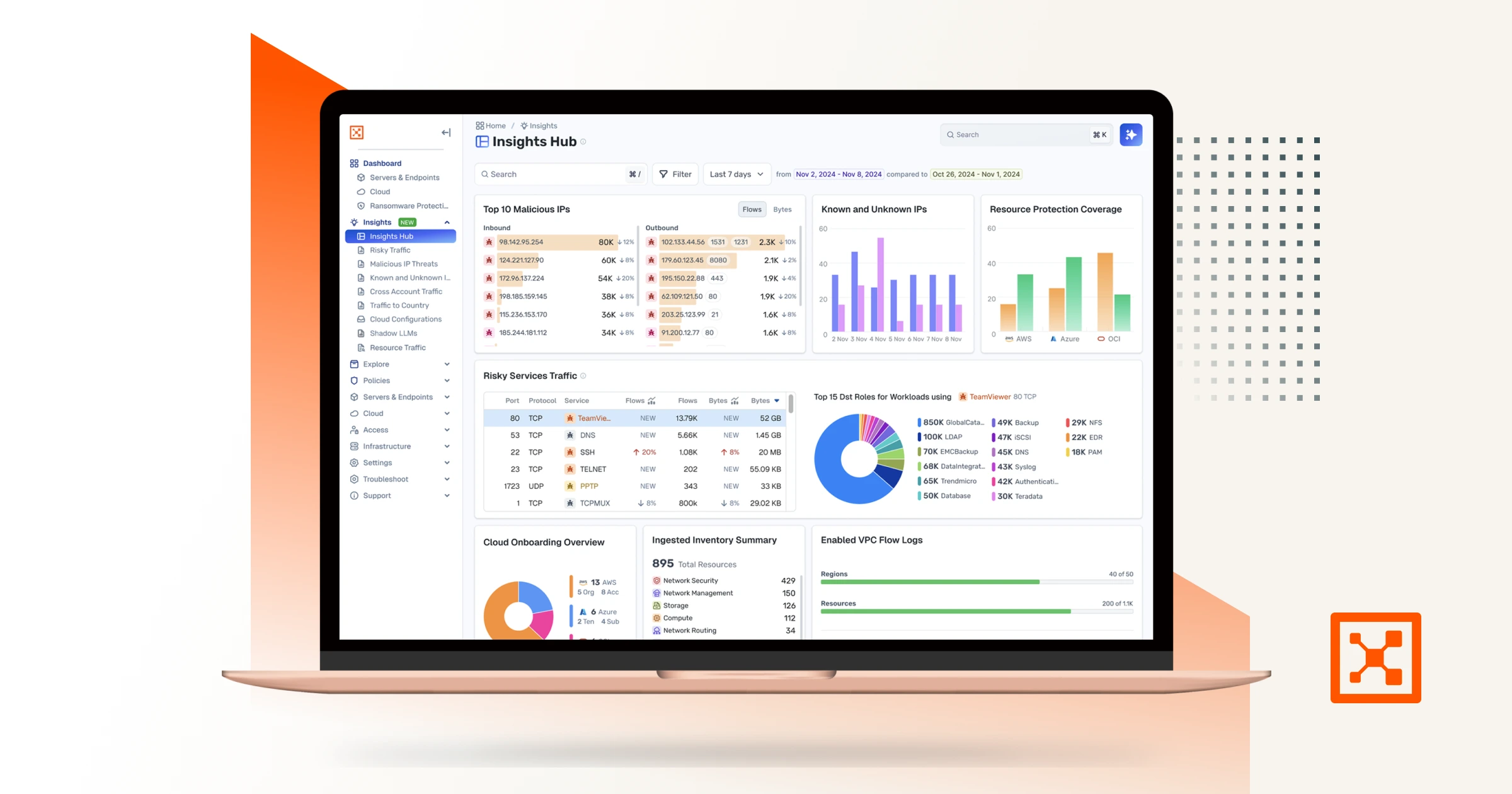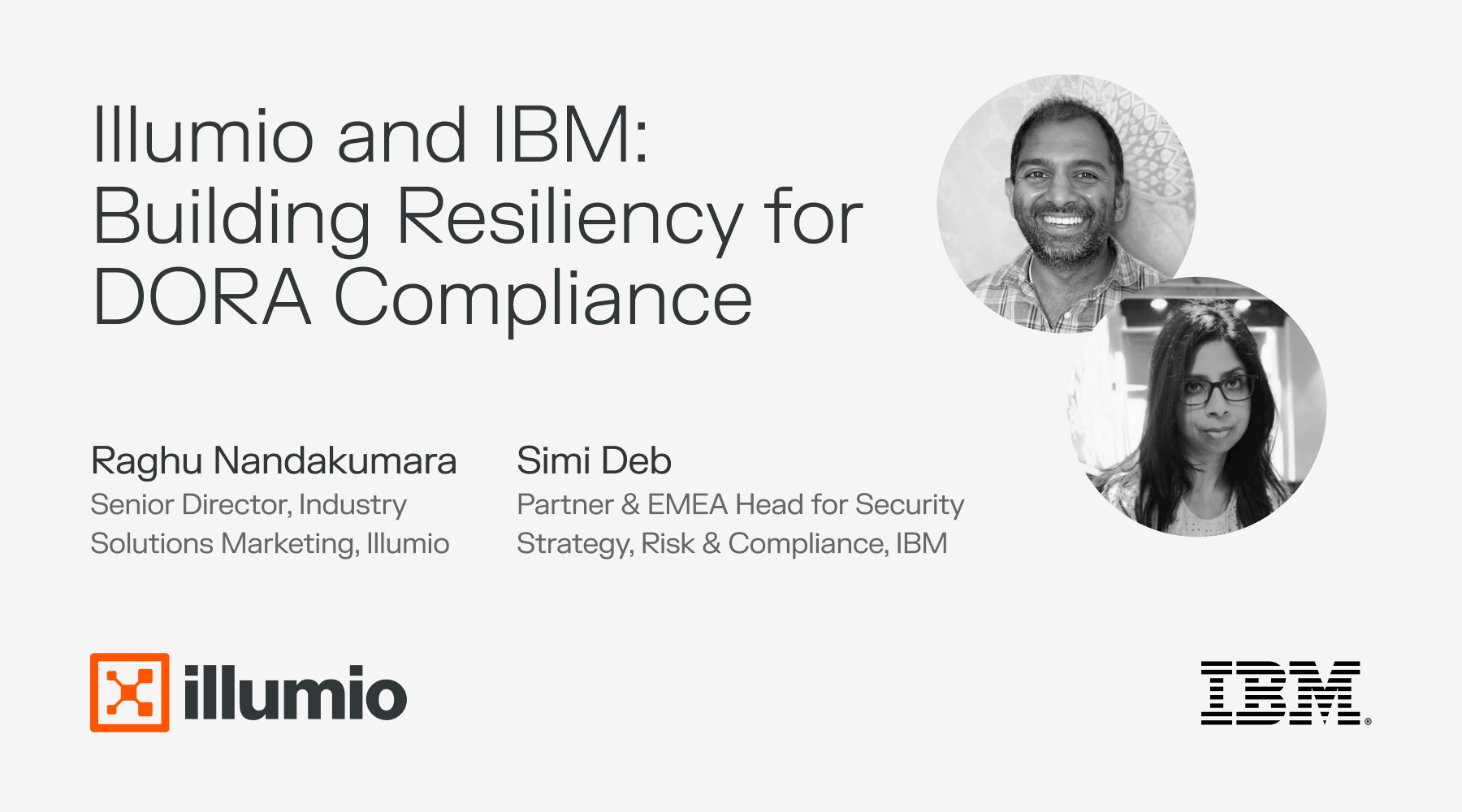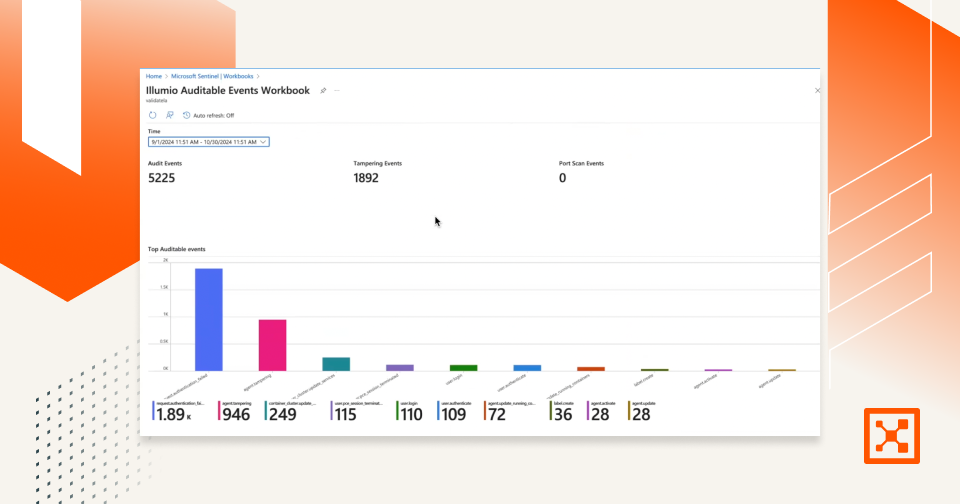Hypervisor
What is a Hypervisor?
A hypervisor is the software layer that allows a single host machine to run multiple isolated virtual machines (VMs). Also known as a virtual machine monitor (VMM), the hypervisor allocates physical resources—CPU, memory, storage—to each VM, enabling them to operate independently on the same hardware.
Types of Hypervisors
Type 1 (Bare‑Metal) Hypervisors
- Run directly on hardware and don’t have an underlying operating system.
- Deliver high efficiency and performance.
- Common in enterprise data centers and cloud environments.
- Support features like over‑provisioning and rapid VM migration for disaster recovery.
- Examples: KVM, VMware ESXi, Microsoft Hyper-V.
Type 2 (Hosted) Hypervisors
- Run on top of a host operating system.
- Easier to install and compatible with a wide range of hardware.
- Best suited for smaller-scale environments or personal use.
- Examples: VMware Workstation, Oracle VirtualBox, Parallels Desktop.
Benefits of Hypervisors
- Isolation: Each VM is segregated. Issues in one VM don’t impact others.
- Efficiency: Multiple VMs share hardware resources, maximizing utilization.
- Speed & Agility: New VMs can be spun up in minutes from templates.
- Portability: VMs can move across environments with minimal reconfiguration.
Hypervisors vs. Containers
- Hypervisors virtualize at the hardware level. Each VM has its own OS running on pooled CPU/memory/storage.
- Containers virtualize at the application level. Multiple containers run on a shared OS kernel using container engines.
- Containers offer lower overhead but rely on the host OS; hypervisors provide stronger isolation across full operating systems.
Choosing a Hypervisor
When evaluating hypervisor options, consider:
- Scalability & performance: Can it support your growth and workload needs?
- Cost & licensing: Does the solution come bundled or require extra fees?
- Compatibility & ecosystem: Does it support your guest operating systems and offer sufficient documentation and ease of management?
Why Hypervisors Matter for Security
Hypervisors help reduce attack surface by isolating virtual machines. If one VM is compromised, others remain unaffected. Proper hypervisor deployment and configuration can also support secure segmentation, faster recovery, and stronger overall infrastructure resilience.
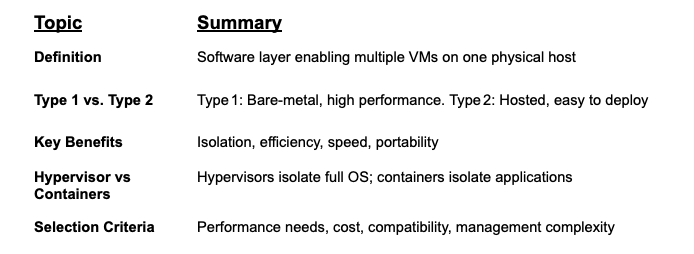
Final Thoughts
Hypervisors form the foundation of modern virtualization, enabling efficient, isolated, and scalable IT environments. To bolster security further, tools like Illumio’s Segmentation platform and AI Insights offer microsegmentation for both virtual machines and containerized workloads. This limits lateral movement and contains threats before they spread.
Security breaches are more than technical glitches: they're business risks with legal, financial, and reputational consequences. Organizations must adopt a proactive, breach-ready security posture that emphasizes containment, resilience, and response preparedness.
With Illumio’s Segmentation platform, organizations can limit the impact of breaches by containing attacks before they spread, strengthening security from the inside out.
.png)
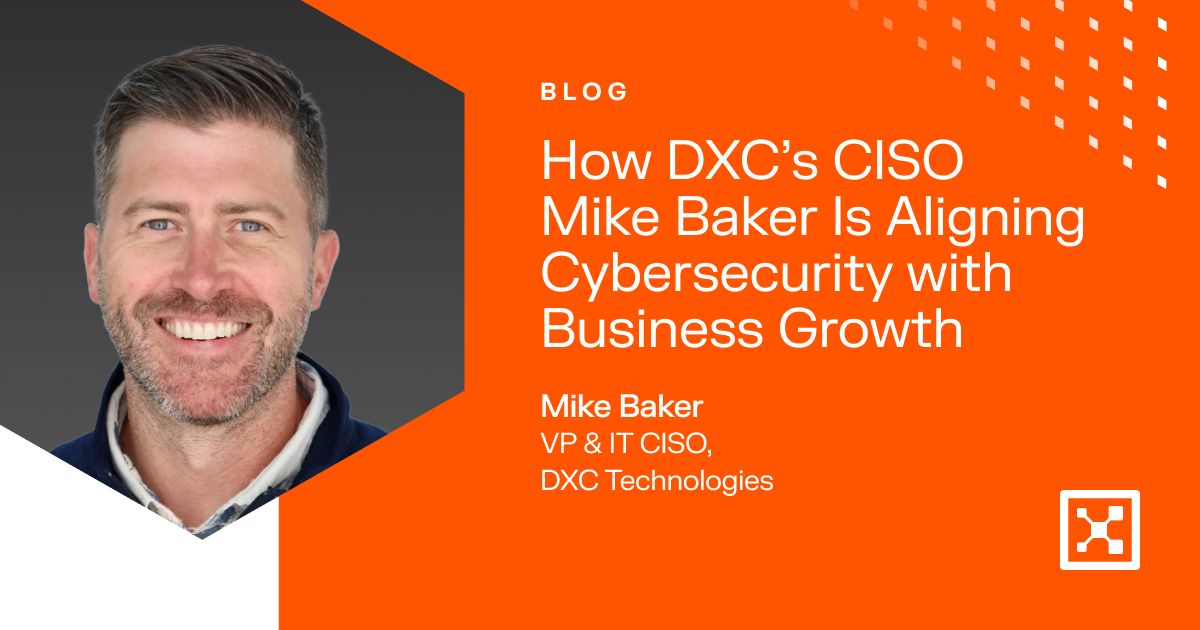
.webp)

